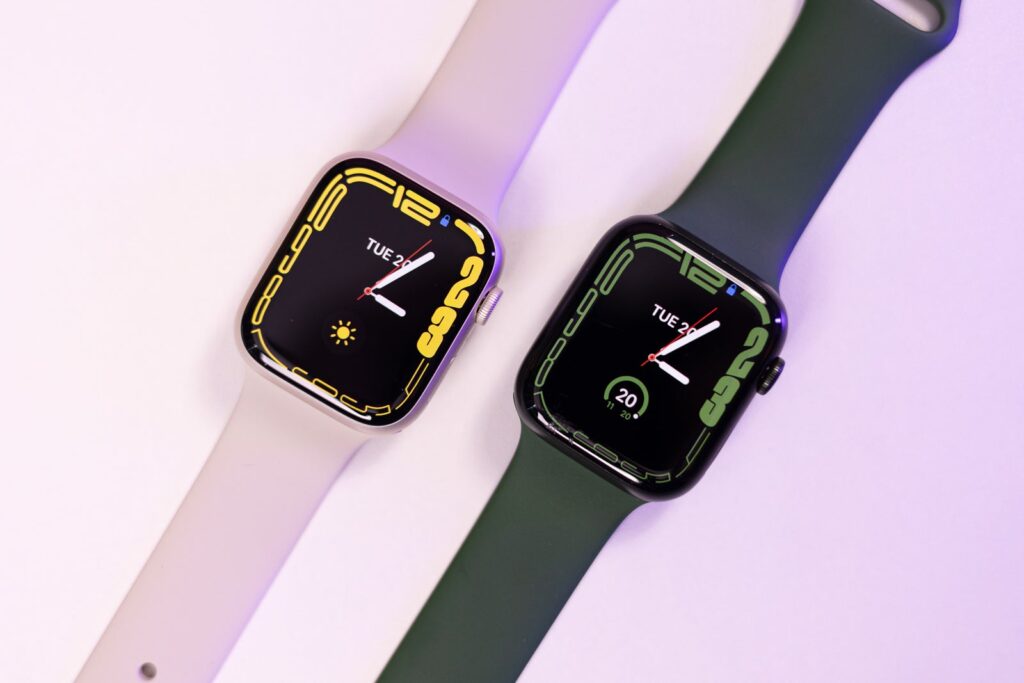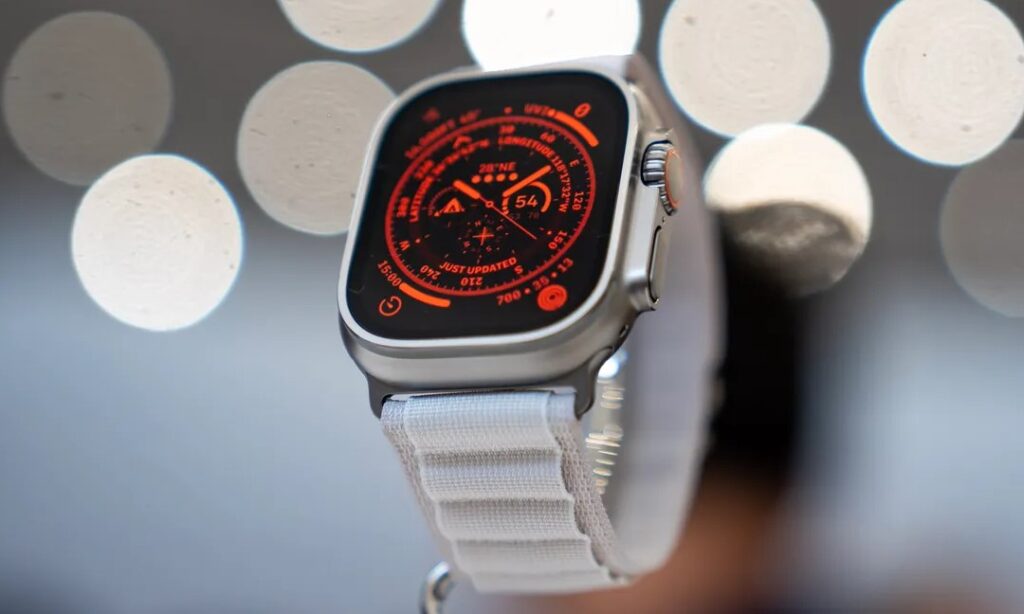The Apple Watch, a ubiquitous symbol of tech innovation and health tracking, has stumbled upon a legal hurdle in the United States. In a move to avoid a looming import ban, Apple has disabled the blood oxygen feature on its latest models, the Series 9 and Watch Ultra 2, within American borders. This decision, while pragmatic, has sparked controversy and raised questions about the future of both the feature and the smartwatch itself.
Apple Faces Import Ban Over Patent Dispute, Disables Vital Health Feature on Watches
At the heart of the issue lies a patent dispute between Apple and medical technology firm Masimo. Masimo claims that Apple’s pulse oximetry technology, which measures blood oxygen saturation (SpO2) levels, infringes on its patents. This feature, introduced with the Apple Watch Series 6, has become a popular tool for health enthusiasts and athletes alike.

In October 2023, the International Trade Commission (ITC) ruled in favor of Masimo, issuing an import ban on Apple Watches with the blood oxygen feature in the US. Apple appealed the decision, but the Court of Appeals for the Federal Circuit refused to pause the ban during the appeal period. Faced with this imminent barrier, Apple made the difficult choice to disable the feature altogether for US models.
This decision has met with mixed reactions. Some users are understandably frustrated, feeling deprived of a feature they had come to rely on. Others remain confident that Apple will eventually find a way to reinstate the feature, either through a patent settlement with Masimo or through a successful appeal.
The Complex Dance of Technology and Intellectual Property
However, the implications extend beyond user convenience. The blood oxygen sensor has the potential to be a valuable tool for early disease detection and monitoring chronic conditions. Its removal from US models raises concerns about access to this potentially life-saving technology.

Furthermore, this incident highlights the complex interplay between technology and intellectual property. While Apple is a titan of innovation, it is not immune to legal challenges. This case serves as a reminder that even the most powerful companies can be tripped up by patent disputes, with potentially significant consequences for both consumers and the company itself.
Also Read : Starlink Touches Down in India: Elon Musk’s Satellite Constellation Prepares for Takeoff
The Apple Watch Blood Oxygen Saga: Potential Outcomes and Implications
The future of the blood oxygen feature on Apple Watches in the US remains uncertain. Several scenarios could unfold:
- Patent settlement: Apple and Masimo could reach an agreement that allows Apple to re-enable the feature on US models. This would be the most favorable outcome for both companies and consumers.
- Appeal success: If Apple wins its appeal, the import ban could be lifted, paving the way for the return of the blood oxygen feature. However, this process could be lengthy and unpredictable.
- Alternative technology: Apple could develop its own pulse oximetry technology that doesn’t infringe on Masimo’s patents. This would be a complex and time-consuming endeavor, but it could ultimately allow Apple to retain the feature in the US.
Regardless of the outcome, the blood oxygen saga has left its mark on the Apple Watch landscape. It has raised questions about the future of health-tracking features on smartwatches and highlighted the potential pitfalls of patent disputes in the tech industry. As the story unfolds, one thing is clear: the ability to measure your blood oxygen on your wrist in the US is no longer a simple matter of technology, but a complex intersection of legal battles, innovation, and the evolving landscape of healthcare.

2 thoughts on “A Breath of Controversy: Apple Watch Series 9 and Watch Ultra 2 Lose Blood Oxygen Feature in US”